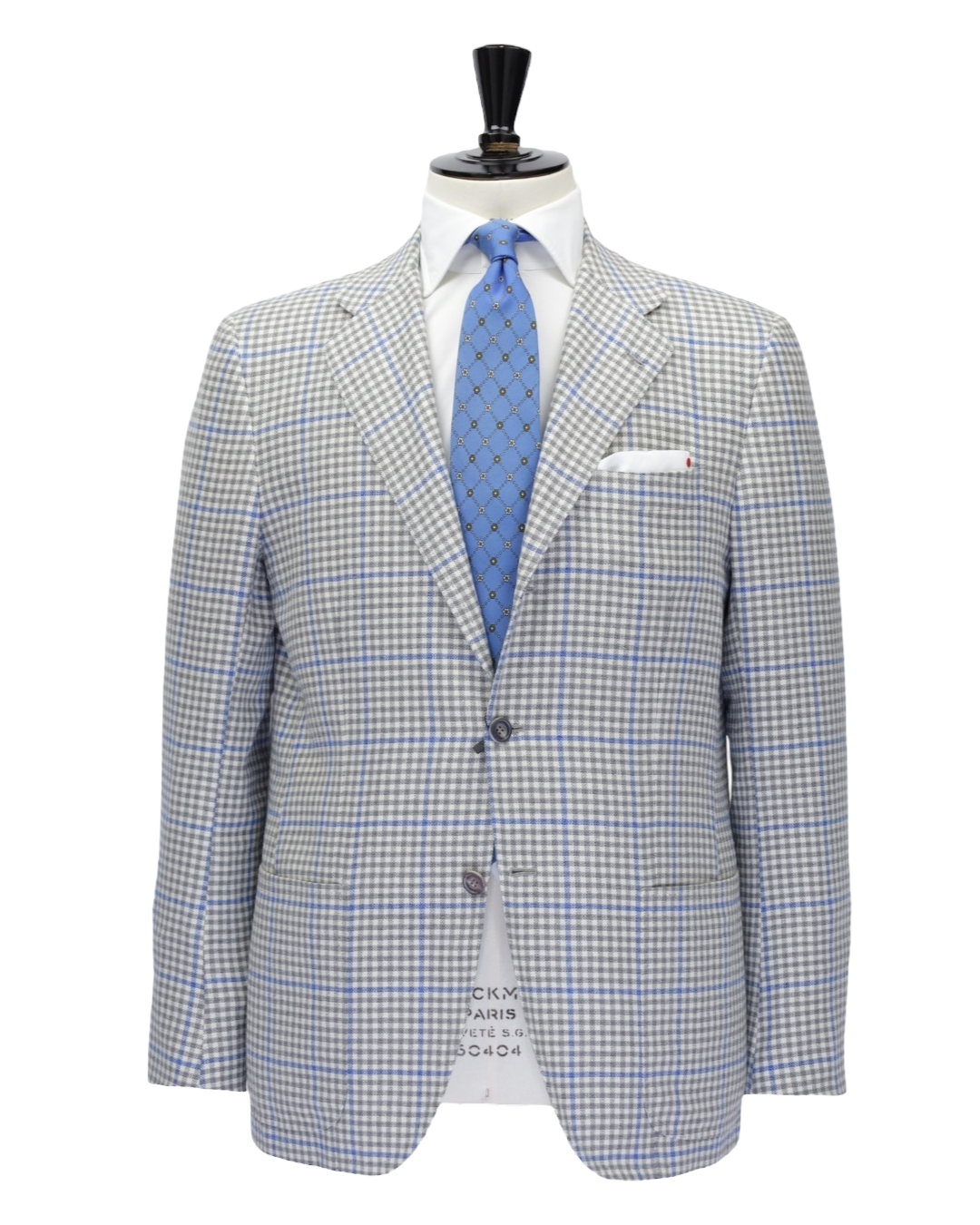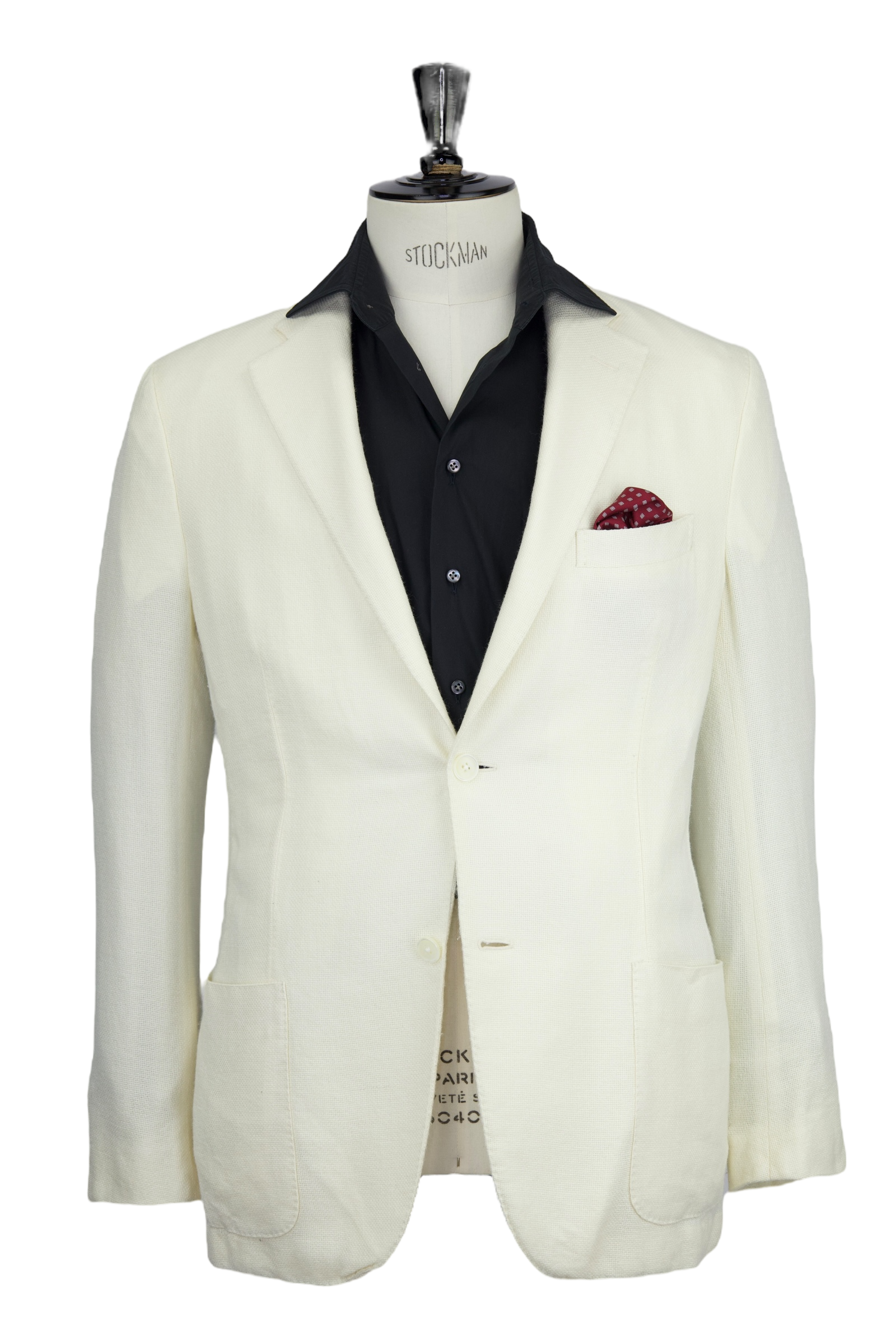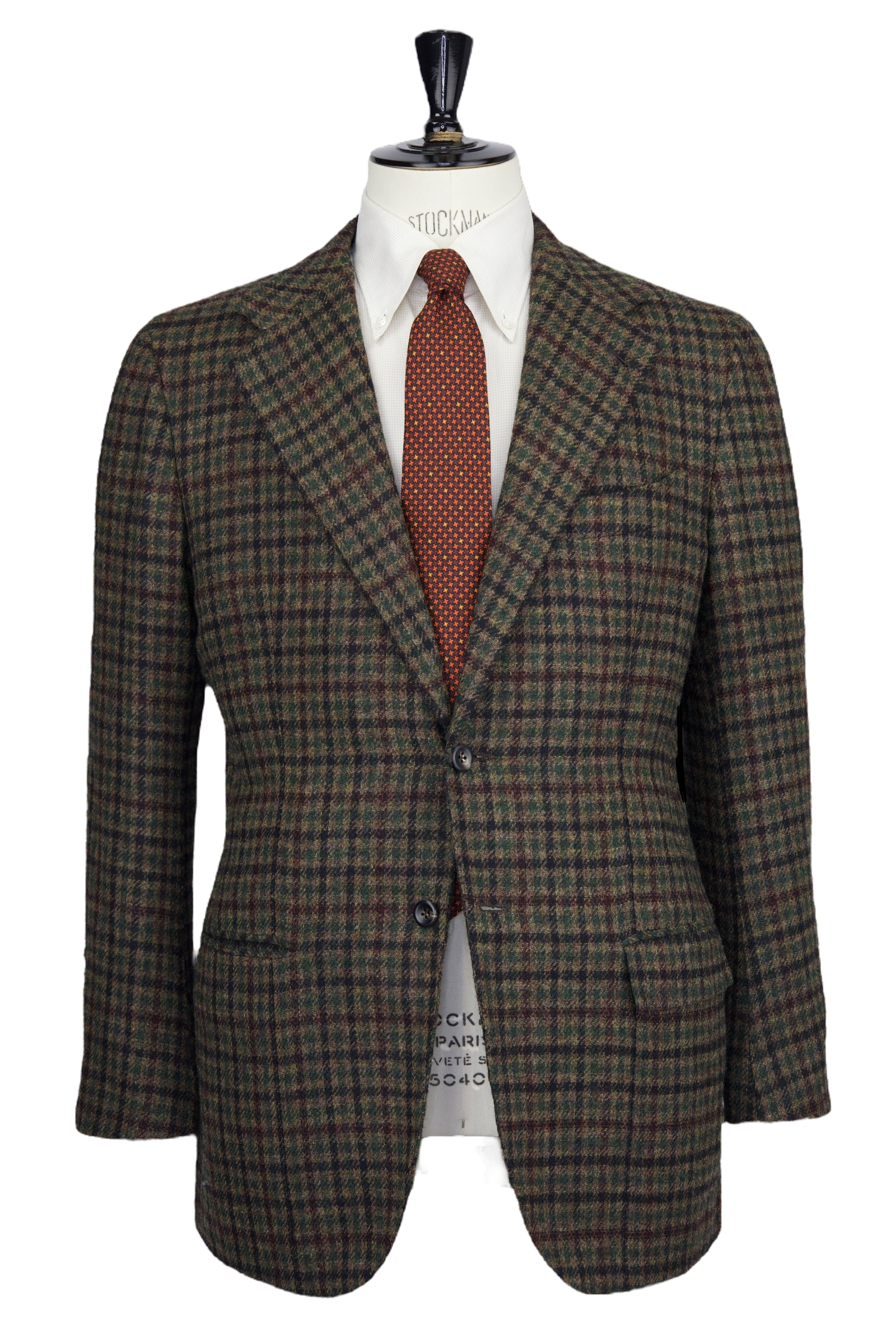the
sartorial styles
In the sartorial segment the Neapolitan, Milanese, Florentine, Roman, and British style refer to different approaches to tailoring and fashion, each with its own unique characteristics and traditions. These styles reflect the cultural and historical influences of their respective regions. Here's an overview of the differences:

Neapolitan style
Napoli, also known as Naples, is renowned for its traditional and relaxed approach to tailoring. Napoli style emphasizes comfort and ease of movement. Key features include:
- Soft construction: Napoli jackets and suits often feature a natural, unstructured shoulder with minimal padding, allowing for a more relaxed and natural fit.
- High armholes: The armholes are generally higher, providing greater freedom of movement.
- Suppressed waist: The jacket is often tailored to create a waist suppression, accentuating the natural body shape.
- Wide lapels: Napoli style favors wider lapels, adding a touch of elegance to the garment.
- Tapered trousers: The trousers are typically tapered and feature a high rise, sitting at the natural waist.

milanese style
Milano, or Milan, is considered the fashion capital of Italy and is known for its sophisticated and sleek approach to tailoring. Milano style represents a more formal and elegant aesthetic. Key features include:
- Structured construction: Milano jackets and suits have a more structured shoulder with padding, providing a sharper and more defined silhouette.
- Lower button stance: Jackets typically have a lower button stance, creating a longer visual line and a more elongated look.
- Streamlined fit: Milano style emphasizes a close fit, with jackets and trousers tailored to follow the natural contours of the body.
- Moderate lapels: Lapels tend to be of moderate width, striking a balance between the narrow lapels of the past and the wider lapels of other styles.
- Lower rise trousers: Trousers are often worn with a lower rise, sitting slightly below the natural waistline.

florentine style
Firenze, or Florence, is known for its rich artistic heritage and its contribution to Italian fashion. Firenze style combines elegance with a touch of creativity and experimentation. Key features include:
- Attention to detail: Firenze style often focuses on intricate details, such as unique buttons, stitching patterns, and creative fabric combinations.
- Relaxed yet refined silhouette: Jackets and suits have a slightly relaxed fit with a balance between structure and softness, offering both comfort and style.
- Bold fabrics and patterns: Firenze style embraces bolder fabric choices, such as checks, plaids, and other patterns, adding an artistic flair to the garments.
- Slightly wider lapels: Lapels in Firenze style can be slightly wider than in Milano style, contributing to a more distinctive look.
- Contemporary twists: Firenze style may incorporate modern elements or reinterpret classic designs to create a fresh and innovative approach to tailoring.

roman style
Roma, or Rome, is a city known for its timeless and classic style. Roma style combines elements of both Napoli and Milano styles, resulting in a versatile and balanced aesthetic. Key features include:
- Balanced construction: Roma jackets and suits strike a balance between the softness of Napoli style and the structure of Milano style, offering a comfortable yet refined fit.
- Medium armholes: Armholes are positioned slightly lower than in Napoli style but higher than in Milano style, providing a good compromise between freedom of movement and a sleek silhouette.
- Medium lapels: Lapels are typically of medium width, neither too narrow nor too wide, offering a classic and timeless look.
- Versatile details: Roma style incorporates versatile details that can be adjusted to accommodate different occasions and personal preferences.
- Classic trousers: Trousers in Roma style are usually straight-legged or slightly tapered, maintaining a

british style
The British style of tailoring is renowned for its traditional and refined approach, reflecting the country's rich sartorial history. It is often associated with the bespoke (custom-made) tailoring of Savile Row in London. Key features include:
- Structured construction: British jackets and suits typically have a structured and padded shoulder, creating a more formal and defined silhouette.
- Natural waist suppression: The jackets are tailored to emphasize a suppressed waist, providing a sharp and elegant look.
- Single vent: British jackets commonly feature a single vent at the back, although double vents are also seen.
- Subtle patterns and colors: Traditional British fabrics often include subtle patterns like herringbone, Prince of Wales check, and glen plaid, along with earthy and muted color tones.
- Classic details: British tailoring pays attention to classic details such as notch lapels, ticket pockets, and working cuffs on jackets.

